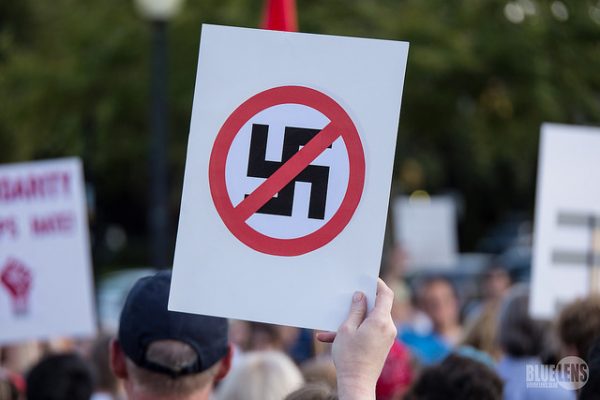
Neo-Nazi swastikas, explicitly racist chants and slogans, and public demonstrations with hoods and torches, as seen recently in places likes Charlottesville, are what signal white supremacy for many Americans. Yet, for over a decade, activists and policy makers have used the phrase “white supremacy” in different ways, moving beyond extremist ideologies and individuals’ bigoted beliefs to focus on the deep historical structure and institutional dimensions of racial inequality in social life. Perhaps not surprisingly, sociologists have been at the forefront of parsing out this broader usage and meaning of white supremacy.
Rather than focusing solely on explicit prejudice and organized hate groups, recent sociological uses of the term describe how the very nature of American society inherently privileges white people, white identities, and the status of whiteness. This includes how white people fare better in economic terms, as well as how white people experience superior outcomes in other ways, such as education and health, and how all of these systemic inequalities happen through established institutional arrangements, cultural norms, and public policies. For scholars with this emphasis, America is a “white supremacist” nation — not because individuals or the law are explicitly prejudiced, but because white privilege is central to American social life.
- Moon Kie Jung, João H. Costa Vargas and Eduardo Bonilla-Silva (eds) 2011. The State of White Supremacy: Racism, Governance, and the United States. Palo Alto: Stanford University Press
- Naa Oyo A. Kwate, and Melody S. Goodman. 2014. An Empirical Analysis of White Privilege, Social Position and Health. Social Science & Medicine 116: 150-160.
- Joe Feagin. 2013. The White Racial Frame: Centuries of Racial Framing and Counter-Framing. New York: Routledge.
- Matthew Desmond and David Emirbayer. 2009. “What is Racial Domination?” Du Bois Review: Social Science Research on Race 6(2): 335-355.
- Matthew Hughey. 2010. “The (Dis)similarities of White Racial Identities: The Conceptual Framework of ‘Hegemonic Whiteness’.” Ethnic and Racial Studies 33(8): 1289-1309.
This is not to suggest that sociologists and other social scientists have neglected the study of extremist white groups like Neo-Nazis or the KKK. In fact, sociologists have continued to track how more traditional white supremacists have evolved alongside changing social backdrops and history. These scholars have documented how white supremacist movements in the 21st century have been shaped by whites’ perceptions of victimhood following increased immigration, globalization, and diversity in America.
- Jackie Hogan and Kristin Haltinner. 2015. “Floods, Invaders, and Parasites: Immigration Threat Narratives and Right-Wing Populism in the USA, UK and Australia.” Journal of Intercultural Studies 36(5): 520-543.
- Rory McVeigh. 2009. The Rise of the Ku Klux Klan: Right-Wing Movements and National Politics. Minneapolis: University of Minnesota Press.
- Pete Simi, Kathleen Blee, Matthew DeMichele, and Steven Windisch. 2017. “Addicted to Hate: Identity Residual among Former White Supremacists.” American Sociological Review 1-21.
With all of these different strands of research and interpretations of white supremacy, it is imperative for all of us — activists and analysts alike, as well as everyone in between — to be thoughtful and cautious about how, when, and in what company we use the term “white supremacy.”

Comments